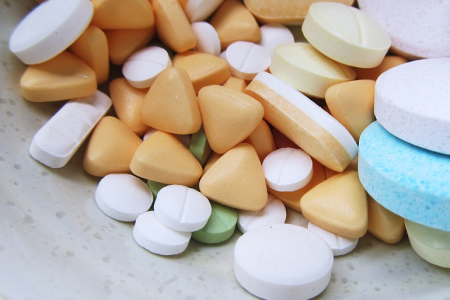Introducing and enforcing limits
On 1 July 2017, legal limits for drug use in traffic were introduced, which enable police to determine usage by means of a saliva test (see the question Which laws about driving under the influence of drugs and/or medicines apply in the Netherlands?). The European DRUID study of driving under the influence of alcohol and drugs concluded that intensifying roadside drug testing may favourably effect road safety, provided this does not undermine roadside alcohol testing [49]. Also see SWOV fact sheet Traffic enforcement.
Increasing knowledge and risk awareness of drug use in traffic
The limited number of studies of the effectiveness of programmes to prevent drug use in traffic suggest a positive effect, but this same scarcity and the design limitations of the studies do not permit firm conclusions. The DRUID study gathered information about 75 information and education campaigns concerning drugs and medicines from 13 different countries. The campaigns targeted the general public, young people, physicians/pharmacists, parents, teachers or medicine/drug users. Only 7 of these 75 campaigns were evaluated and in merely one of these a positive effect was found for a road safety related indicator (drug related deaths) [50]. In a more recent study of 13 evaluated drug campaigns, a positive effect was only found for one of them [51]. Since the campaign was coupled with stiffer penalties for driving under the influence, it is hard to determine the effect of the campaign itself.
An example of appealing and effective education about alcohol use is to have young people experience a drive under the influence of alcohol (in safe conditions) [52]. Drug education could also benefit from such a method.
Providing information about impairing medicines
Measures to counteract the negative road safety effects of medicines mainly focus on providing information on responsible medicine use. In the Netherlands information on medicines is aimed at two target groups: patients themselves and healthcare professionals (pharmacists and GPs). The options used for providing information to both target groups are presented in Figure 2. Patients may acquire knowledge about medicines themselves by reading package leaflets or stickers on medicine packages and by looking for information on websites. In addition, healthcare professional will provide information about side effects and secondary effects of medicines. Healthcare professionals themselves have access to the latest information about the effects of medicines through the knowledge base and helpdesk of the Pharmacists Association KNMP, and by means of further training by the Dutch Institute for Rational Use of Medicine IVM.
IVM provides patients and healthcare professionals with (further) training and informative websites, such as rijveiligmetmedicijnen.nl. The government regularly initiates national campaigns, such as ‘Rij veilig met geneesmiddelen’ (Drive safely with medicines), aimed at making users of impairing medicines aware of the risk of traffic participation. Faber et al. [6] concluded that information on stickers and labels is not sufficiently adapted to users to provide reliable advice on whether or not they can participate in traffic (for more information see the question Are road users aware of the effect of drugs and/or medicines on driving behaviour?).
 Figure 2. Information and education about medicines in the Netherlands: channels and target groups (KNMP = Koninklijke Nederlandse Maatschappij ter bevordering der Pharmacie (Pharmacists Association), IVM = Instituut Verantwoord Medicijngebruik (Dutch Institute for Rational Use of Medicine)).
Figure 2. Information and education about medicines in the Netherlands: channels and target groups (KNMP = Koninklijke Nederlandse Maatschappij ter bevordering der Pharmacie (Pharmacists Association), IVM = Instituut Verantwoord Medicijngebruik (Dutch Institute for Rational Use of Medicine)).
